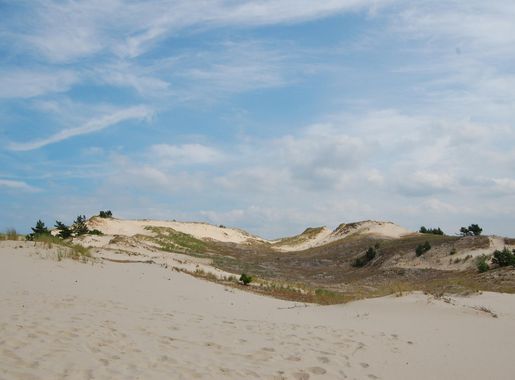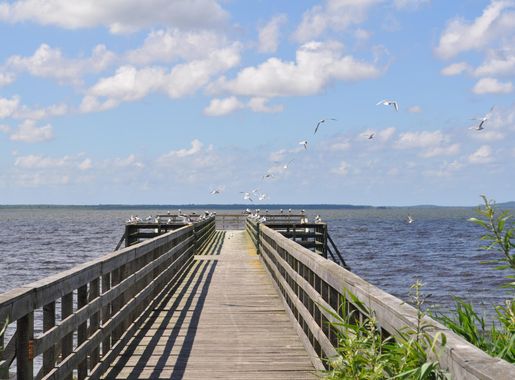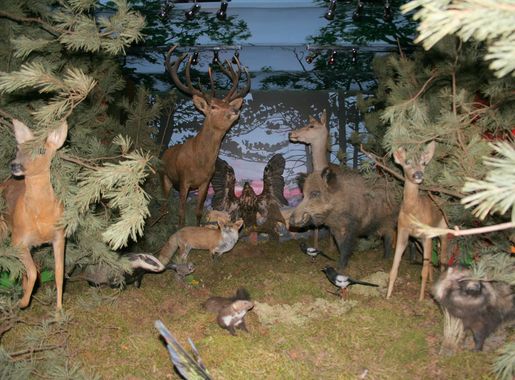
The Shifting Sands of Słowiński National Park
Discover the dynamic landscapes and diverse ecosystems of Słowiński National Park, a UNESCO Biosphere Reserve on Poland's stunning Baltic coast.
Słowiński National Park, located on the Baltic coast of Poland, is a natural wonder known for its stunning and ever-changing sand dunes. These dunes, some of which reach heights of up to 40 meters, shift gradually due to the strong winds from the sea, creating a dynamic landscape that is both mesmerizing and unique. The park covers an area of 186 square kilometers, offering a diverse range of ecosystems including coastal lakes, forests, peat bogs, and meadows. One of the park's most famous features is the Łebsko Lake, the third-largest lake in Poland, which provides a perfect backdrop for birdwatching. The park is a haven for ornithologists, with over 200 bird species recorded, including the white-tailed eagle and the Eurasian curlew. The combination of wetlands, dunes, and forests makes it an ideal habitat for a rich variety of flora and fauna. Visitors can explore the park through a network of well-maintained trails, ideal for hiking and cycling. There are also several observation towers that offer panoramic views of the dunes and the surrounding landscape. The best time to visit is from late spring to early autumn, when the weather is mild and the natural beauty of the park is at its peak. The nearby town of Łeba serves as a convenient base for exploring the park, with various accommodation options and amenities available.
Local tips in Słowiński National Park
- Wear comfortable shoes suitable for walking on sand and uneven terrain.
- Bring binoculars for birdwatching, especially around Łebsko Lake.
- Visit the park early in the morning or late in the afternoon to avoid crowds and enjoy the best light for photography.
- Check the weather forecast before your visit, as strong winds can make hiking on the dunes challenging.
- Pack a picnic, as there are limited food options within the park.
The Shifting Sands of Słowiński National Park
Słowiński National Park, located on the Baltic coast of Poland, is a natural wonder known for its stunning and ever-changing sand dunes. These dunes, some of which reach heights of up to 40 meters, shift gradually due to the strong winds from the sea, creating a dynamic landscape that is both mesmerizing and unique. The park covers an area of 186 square kilometers, offering a diverse range of ecosystems including coastal lakes, forests, peat bogs, and meadows. One of the park's most famous features is the Łebsko Lake, the third-largest lake in Poland, which provides a perfect backdrop for birdwatching. The park is a haven for ornithologists, with over 200 bird species recorded, including the white-tailed eagle and the Eurasian curlew. The combination of wetlands, dunes, and forests makes it an ideal habitat for a rich variety of flora and fauna. Visitors can explore the park through a network of well-maintained trails, ideal for hiking and cycling. There are also several observation towers that offer panoramic views of the dunes and the surrounding landscape. The best time to visit is from late spring to early autumn, when the weather is mild and the natural beauty of the park is at its peak. The nearby town of Łeba serves as a convenient base for exploring the park, with various accommodation options and amenities available.
When is the best time to go to Słowiński National Park?
Iconic landmarks you can’t miss
Wydma Łącka
Discover Wydma Łącka, a stunning natural attraction in Poland, perfect for hiking and experiencing the beauty of the dunes and diverse wildlife.
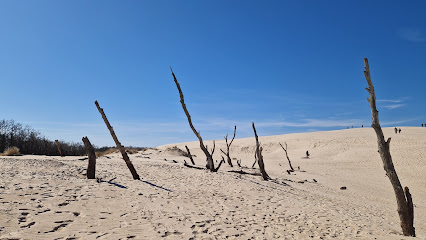
Słowiński Park Narodowy. Obwód Ochronny Rąbka
Explore the enchanting landscapes of Słowiński National Park, Poland's gem known for its shifting sand dunes and rich biodiversity.
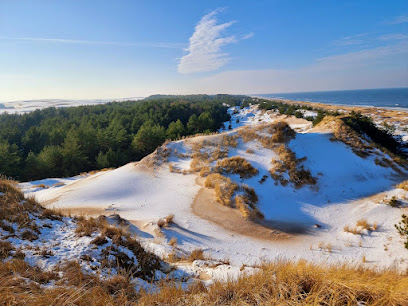
Wydmy przy plaży w Słowińskim Parku Narodowym
Explore the stunning sand dunes and serene beaches of Wydmy przy plaży in Słowiński National Park—a nature lover's paradise in Poland.
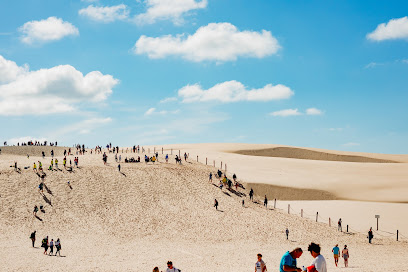
Wydma Czołpińska
Explore the breathtaking landscapes and rich biodiversity of Wydma Czołpińska National Park, a serene escape in Poland's natural paradise.
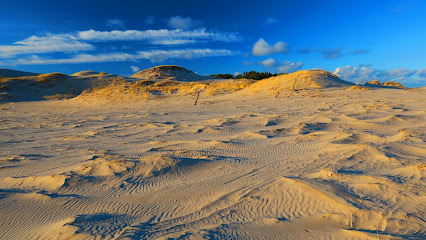
Słowiński Park Narodowy. Obwód ochronny Smołdziński Las
Explore the stunning landscapes and unique ecosystems of Słowiński National Park, where shifting sand dunes meet tranquil Baltic beaches.
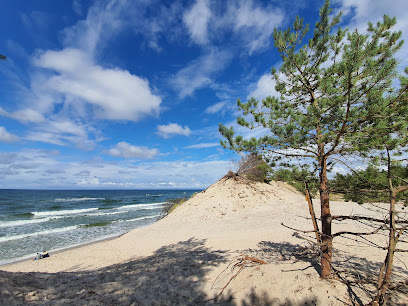
Słowiński Park Narodowy - Dyrekcja
Explore the breathtaking landscapes of Słowiński National Park, home to shifting sand dunes, diverse wildlife, and serene coastal beauty.
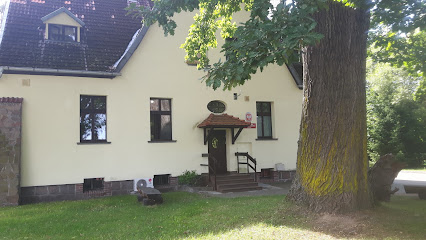
Unmissable attractions to see
Łeba Labirynt
Discover endless fun and adventure at Łeba Labirynt, a premier theme park in Poland, perfect for families and thrill-seekers alike.
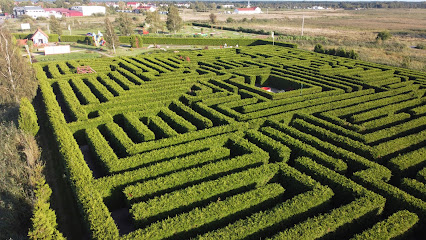
Dom Do Góry Nogami Łeba
Experience magical adventures at Dom Do Góry Nogami, a whimsical theme park in Łeba, Poland, perfect for families and thrill-seekers alike.
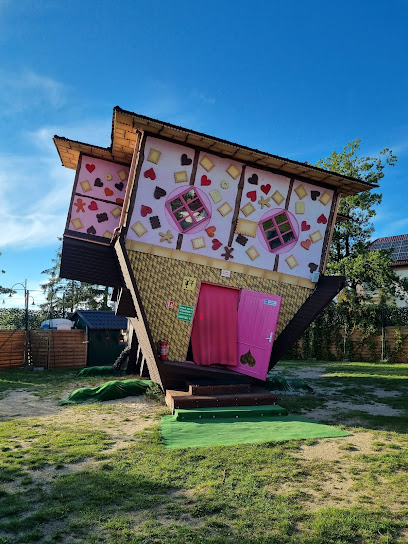
Muzeum Motyli w Łebie - czynne cały rok
Discover the enchanting world of butterflies at Muzeum Motyli in Łeba - a captivating experience for all ages.
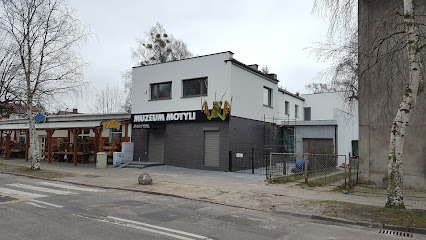
illuzeum - INTERACTIVE EXHIBITION
Explore the enchanting world of Illuzeum, where art meets science in a captivating interactive exhibition for all ages in Łeba, Poland.

Head West Breakwater
Experience the breathtaking views and tranquil atmosphere at the Head West Breakwater in Łeba, a perfect escape on the Baltic Sea.
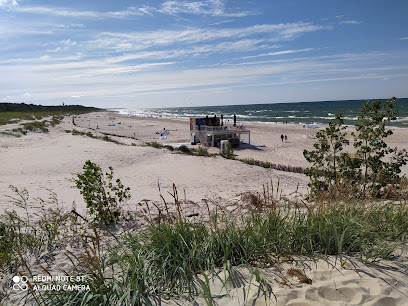
Zatopiony las koło Czołpina
Experience the stunning beauty of the Sunken Forest near Czołpino, a unique natural attraction filled with history and breathtaking scenery.
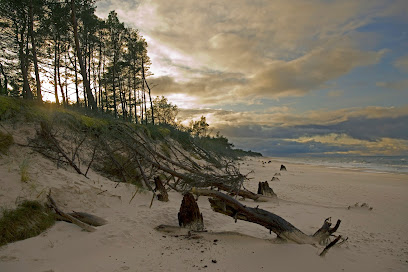
Wydmy przy plaży w Słowińskim Parku Narodowym
Explore the stunning Wydmy przy plaży in Słowiński National Park, a mesmerizing landscape of golden dunes and rich biodiversity along the Baltic coast.

Wydma Czołpińska
Explore Wydma Czołpińska, a tranquil national park in Poland known for its stunning landscapes, diverse wildlife, and serene hiking trails.

Rowokół
Explore Rowokół, a historic gem in Smołdzino, renowned for its stunning lookout tower and captivating natural landscapes.
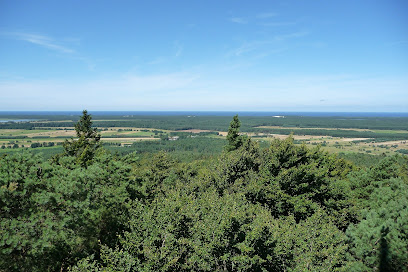
Wielkie Bagno Słowińskiego Parku Narodowego
Discover the breathtaking Wielkie Bagno in Słowiński National Park – a wildlife refuge rich in biodiversity and natural beauty.
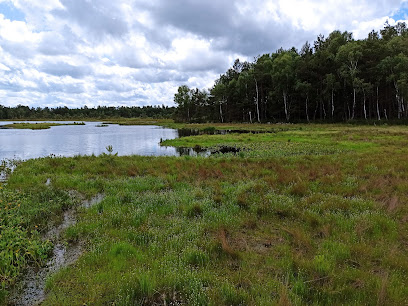
Słowiński Park Narodowy. Obwód ochronny Kluki
Discover the enchanting landscapes and diverse wildlife of Słowiński National Park, a national treasure on the Polish coast.
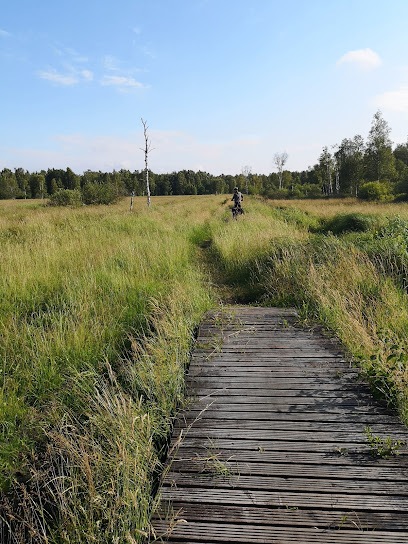
Słowiński Park Narodowy. Obwód ochronny Smołdziński Las
Experience the stunning beauty of Słowiński National Park, featuring unique sand dunes, diverse ecosystems, and rich wildlife in Poland's natural paradise.
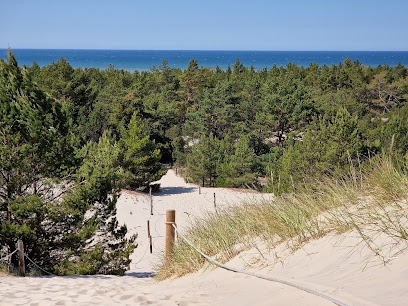
Kępa Buków - Pomnik przyrody.
Explore the serene beauty of Kępa Buków, a natural monument in Smołdzino, perfect for nature lovers and tranquil escapes.

Essential places to dine
Karczma Słowińska Wydma
Discover authentic Polish cuisine at Karczma Słowińska Wydma in Łeba – where tradition meets flavor in a cozy setting.

Paleta Smaków Eli - Gościniec u Bernackich
Experience authentic Polish cuisine at Paleta Smaków Eli in Smołdzino - where every dish is a celebration of local flavors.
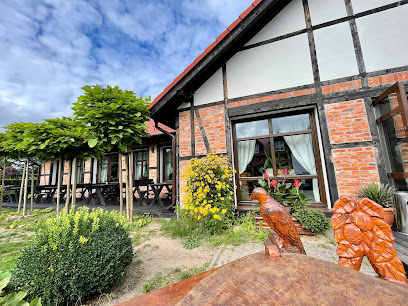
Markets, malls and hidden boutiques
Galeria Bałtycka
Explore Galeria Bałtycka: Gdańsk's premier shopping mall with diverse shops, dining options, and entertainment for an unforgettable experience.
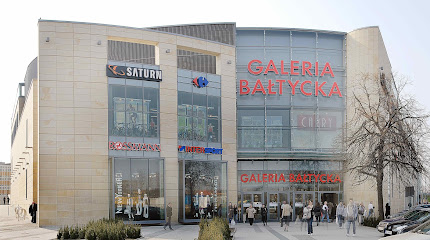
Słowiński National Park
Explore the stunning landscapes and unique ecosystems of Słowiński National Park, a gem along the Polish coast with spectacular dunes and diverse wildlife.
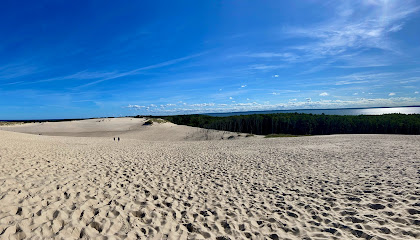
Wydma Łącka
Discover the breathtaking landscapes and hiking trails of Wydma Łącka, a top tourist attraction near Łeba, Poland, perfect for nature lovers and adventurers.
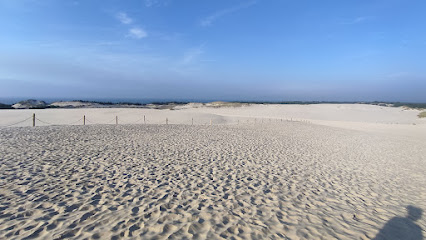
Słowiński Park Narodowy. Obwód Ochronny Rąbka
Explore Słowiński National Park: Home to majestic dunes, diverse ecosystems, and a paradise for nature lovers and adventurers.

Piekarnia Manufaktura Płotka
Discover the delightful flavors of Piekarnia Manufaktura Płotka, a charming bakery and café in Łeba, offering fresh pastries, ice cream, and local treats.
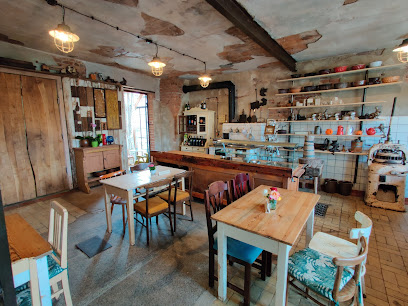
POLOmarket
Experience local Polish culture at POLOmarket, your go-to supermarket in Łeba for fresh produce, organic goods, and regional specialties.
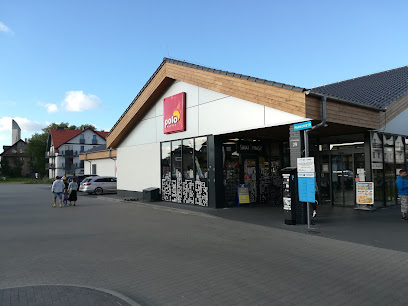
Polomarket
Explore the culinary treasures of Łeba at Polomarket, your go-to supermarket for fresh produce, local delicacies, and organic goods.

Wydmy przy plaży w Słowińskim Parku Narodowym
Explore the stunning dunes of Słowiński National Park, a natural wonder on the Baltic coast with breathtaking landscapes and diverse wildlife.
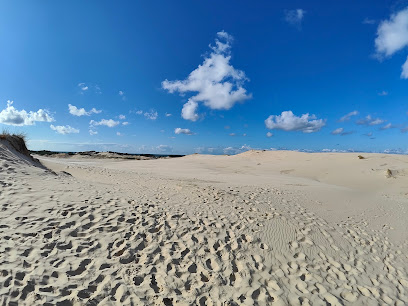
Wydma Czołpińska
Experience the breathtaking landscapes and diverse wildlife of Wydma Czołpińska National Park in Poland, a hidden gem for nature lovers and adventure seekers.

Cukiernia E.M. Wenta
Discover the sweet delights at Cukiernia E.M. Wenta in Łeba, a charming candy store offering exquisite pastries, cookies, and ice creams for every visitor.
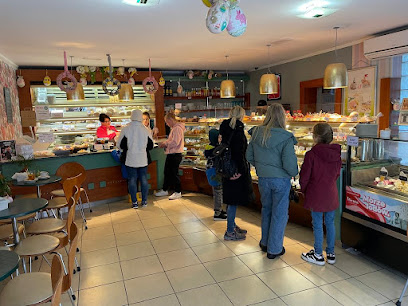
Pepco
Discover affordable fashion and toys for kids at Pepco, the ultimate shopping spot in Łeba for families and bargain hunters.
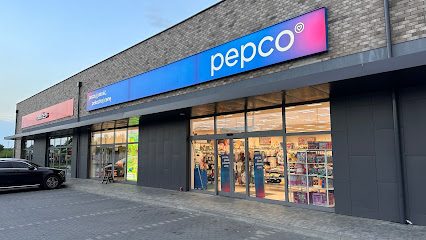
Dino
Explore Dino in Smołdzino, where quality meets convenience in a vibrant supermarket experience with local flavors and international favorites.
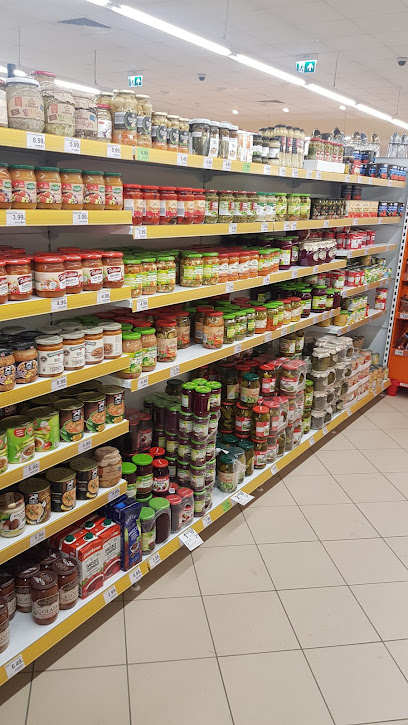
Stoisko sezonowe 4F
Explore the vibrant fashion scene at Stoisko Sezonowe 4F in Łeba, Poland, your go-to destination for stylish beachwear and active apparel.
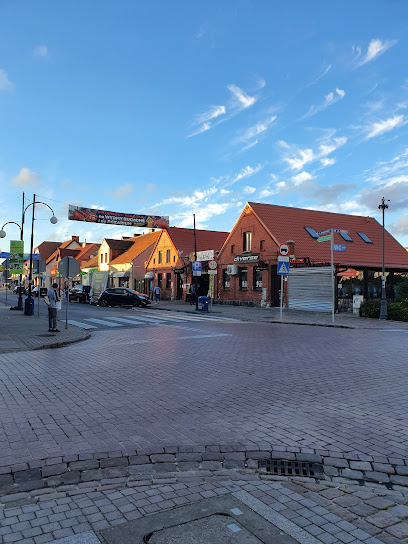
Historic Camp
Explore the Historic Camp in Łokciowe for a delightful mix of traditional Polish cuisine, cozy camping, and delicious ice cream!
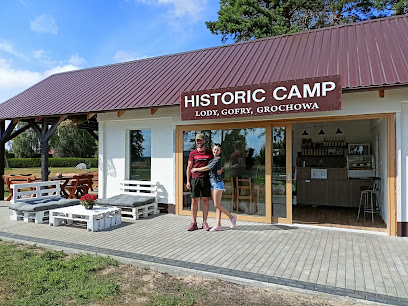
Odido
Explore local flavors at Odido, a charming grocery store in Smołdzino offering a delightful selection of fresh produce and Polish delicacies.
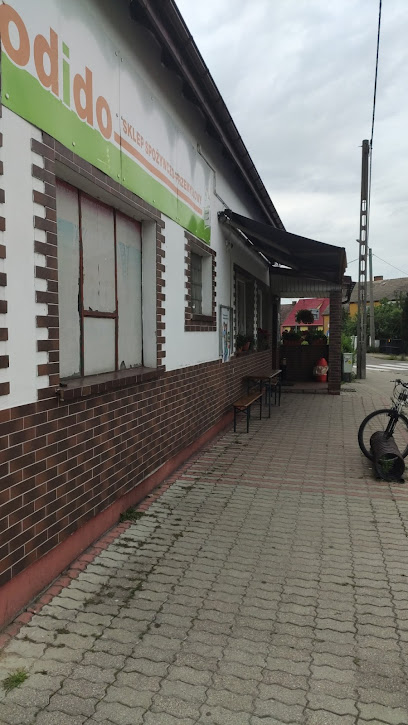
Essential bars & hidden hideouts
Czary Mary
Discover the enchanting flavors of Czary Mary, a top-rated restaurant in Łeba, Poland, specializing in gourmet pizzas and delightful local dishes.
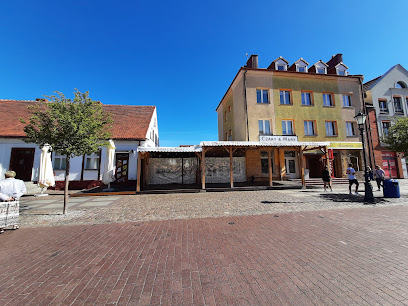
Karczma Słowińska Wydma
Discover the essence of Polish cuisine at Karczma Słowińska Wydma in Łeba, where every meal is a celebration of local flavors and traditions.
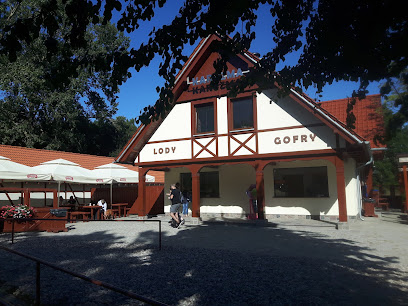
Restauracja Stodoła - Łokciowe
Experience authentic Polish cuisine at Restauracja Stodoła - a cozy dining spot in Łokciowe, perfect for families and food lovers.
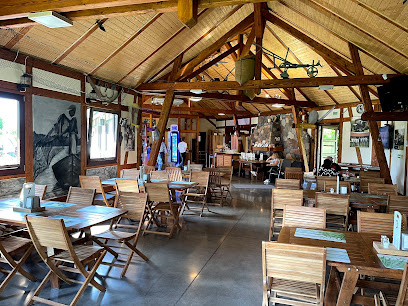
Paleta Smaków Eli - Gościniec u Bernackich
Discover the flavors of Poland at Paleta Smaków Eli in Smołdzino - a delightful restaurant celebrating local ingredients and culinary traditions.
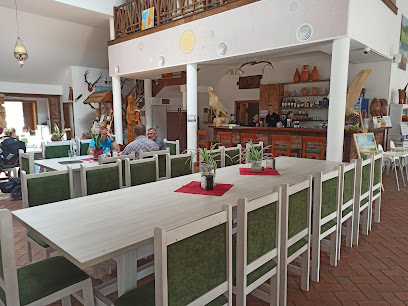
Trattoria Riccardo
Discover authentic Italian flavors in Smołdziński Las at Trattoria Riccardo, where every meal is a delightful experience in a warm, welcoming atmosphere.
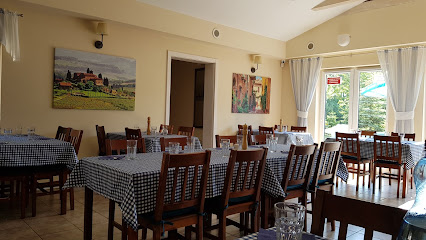
Restauracja Roberto „Prawdziwy smak dla duszy” Restauracja
Discover authentic Polish cuisine at Roberto Restaurant in Łeba, offering fresh seafood and meat dishes in a warm and inviting atmosphere.
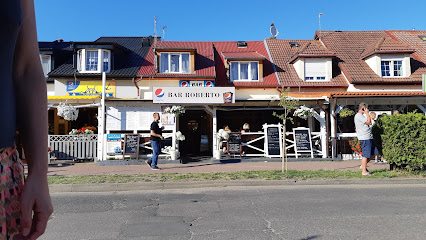
Przystań Dolores
Discover the flavors of Poland at Przystań Dolores in Łeba, where delicious cuisine meets a cozy atmosphere at affordable prices.
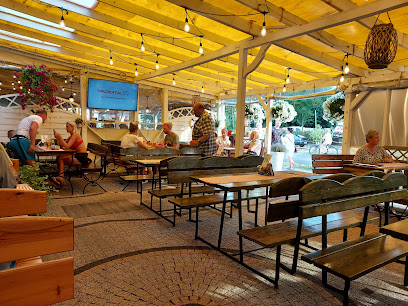
Bistro przed Wydmą
Discover the culinary delights of Bistro przed Wydmą, where local ingredients meet exquisite flavors in the heart of Smołdziński Las.
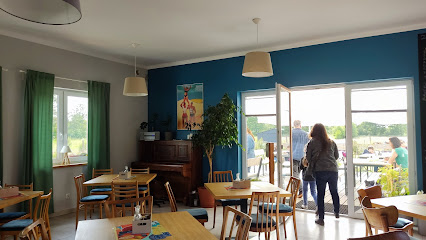
Dyskoteka Wesele Łeba
Experience the vibrant nightlife at Dyskoteka Wesele in Łeba, where dancing, delicious food, and great company come together for an unforgettable night.
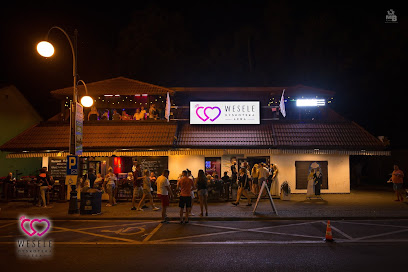
Dock Bar
Experience the best of Ustka's seafood with a vibrant atmosphere at Dock Bar, where fresh flavors and delightful drinks await.
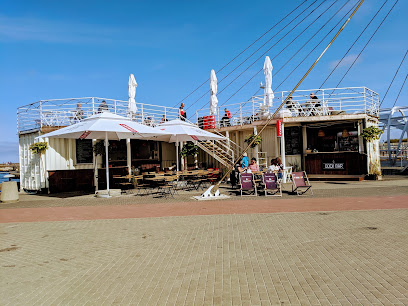
Bar Chinka
Experience the vibrant nightlife of Łeba at Bar Chinka, where delicious drinks and a cozy atmosphere create the perfect evening retreat.

Lodowa Przystań
Experience the lively spirit of Lodowa Przystań in Łeba, where flavorful cocktails and stunning seaside views create unforgettable memories.
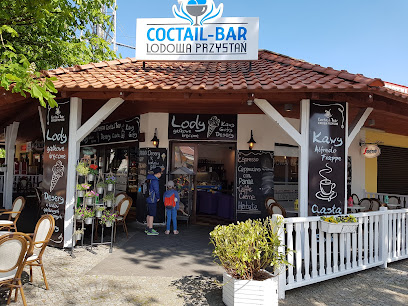
Arena bar
Experience the vibrant atmosphere of Arena Bar in Rowy, where locals and tourists gather for refreshing drinks, light snacks, and unforgettable memories.

FAZA Shot Bar
Experience vibrant nightlife at FAZA Shot Bar, a top cocktail lounge in Łeba, offering creative drinks and an inviting atmosphere.

Surf Bar - Shots & Cocktails
Discover the vibrant nightlife at Surf Bar - Shots & Cocktails in Łeba, where expertly crafted drinks and a lively atmosphere await.
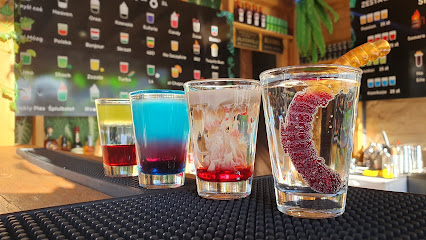
Local Phrases about Słowiński National Park
-
- HelloCześć
[cheshch] - GoodbyeDo widzenia
[do veed-zen-ya] - YesTak
[tak] - NoNie
[nye] - Please/You're welcomeProszę
[pro-sheh] - Thank youDziękuję
[jen-koo-yeh] - Excuse me/SorryPrzepraszam
[pzeh-prah-sham] - How are you?Jak się masz?
[yak sheh mah-sh] - Fine. And you?Dobrze. A Ty?
[dob-zheh. ah tih] - Do you speak English?Czy mówisz po angielsku?
[chi mo-veesh poh an-gyel-skoo?] - I don't understandNie rozumiem
[nye ro-zoo-myem]
- HelloCześć
-
- I'd like to see the menu, pleaseChciałbym zobaczyć menu, proszę
[h-chyaw-bim zo-bah-chich meh-noo, pro-sheh] - I don't eat meatNie jem mięsa
[nye yem myen-sa] - Cheers!Na zdrowie!
[nah zdrov-yeh] - I would like to pay, pleaseChciałbym zapłacić, proszę
[h-chyaw-bim zah-pla-chich, pro-sheh]
- I'd like to see the menu, pleaseChciałbym zobaczyć menu, proszę
-
- Help!Pomoc!
[po-mots] - Go away!Odejdź!
[oh-deyj] - Call the Police!Zadzwoń po policję!
[zad-voyn po po-leet-syeh] - Call a doctor!Zadzwoń po lekarza!
[zad-voyn po lek-ar-zah] - I'm lostZgubiłem się
[zgoo-bee-wem syeh] - I'm illJestem chory
[yes-tem ho-ri]
- Help!Pomoc!
-
- I'd like to buy...Chciałbym kupić...
[h-chyaw-bim koo-pich] - I'm just lookingTylko się rozglądam
[tih-koh shyeh roz-gwah-dam] - How much is it?Ile to kosztuje?
[ee-leh to kosh-too-yeh] - That's too expensiveTo jest za drogie
[to yest zah dro-gyeh] - Can you lower the price?Czy możesz obniżyć cenę?
[chi mo-zhesh ob-ni-zhich cheh-neh]
- I'd like to buy...Chciałbym kupić...
-
- What time is it?Która jest godzina?
[ktoh-ra yest god-zee-nah] - It's one o'clockJest pierwsza
[yesst pyer-voos-cha] - Half past (10)Pół do dziesiątej
[poow do dzye-shon-tey] - MorningRano
[rah-no] - AfternoonPopołudnie
[po-po-woo-dnyeh] - EveningWieczór
[vyetch-oor] - YesterdayWczoraj
[v-cho-rye] - TodayDzisiaj
[dzyee-say] - TomorrowJutro
[yoo-tro] - 1Jeden
[yeh-den] - 2Dwa
[dvah] - 3Trzy
[tshih] - 4Cztery
[ch-ter-eh] - 5Pięć
[pyen-ch] - 6Sześć
[shesh-ch] - 7Siedem
[syeh-dem] - 8Osiem
[oh-syem] - 9Dziewięć
[dzyeh-vee-nye] - 10Dziesięć
[dzye-shon-tyech]
- What time is it?Która jest godzina?
-
- Where's a/the...?Gdzie jest...
[gdzye yest] - What's the address?Jaki jest adres?
[yah-kee yest ah-dres] - Can you show me (on the map)?Czy możesz mi pokazać (na mapie)?
[chi mo-zhesh mee po-ka-zach (nah mah-pee-eh)] - When's the next (bus)?Kiedy jest następny (autobus)?
[kyeh-dy yest nas-tem-ny (ow-toh-boos)] - A ticket (to ....)Bilet (do ....)
[bee-let (do)]
- Where's a/the...?Gdzie jest...
History of Słowiński National Park
-
The Słowiński National Park is renowned for its shifting sand dunes, which are a unique geological feature formed by the relentless interaction of wind and sea. The dunes are part of a coastal barrier formed over thousands of years. The process began during the last Ice Age when retreating glaciers left behind vast amounts of sand. Wind and water have since shaped the landscape, creating the moving dunes that can shift up to 10 meters per year.
-
Long before the establishment of Słowiński National Park, the area was inhabited by ancient tribes. Archeological findings indicate that the region was home to the Słowińcy, a West Slavic tribe, during the early Middle Ages. These people lived in harmony with the natural environment, fishing in the Baltic Sea and farming the fertile lands. Traces of their settlements, including tools and pottery, have been discovered, offering a glimpse into their way of life.
-
During the medieval period, the area that is now Słowiński National Park was part of important trade routes connecting the Baltic Sea with the interior of Europe. The proximity to the sea made it a strategic location for the exchange of goods such as amber, which was highly valued at the time. The region became a bustling center for trade, attracting merchants and craftsmen from various parts of Europe.
-
Słowiński National Park and the surrounding areas were not immune to the impacts of World War II. The region was occupied by Nazi Germany, and the local population suffered greatly. Many villages were destroyed, and residents were displaced. The war left scars on the landscape and the people, but it also led to the discovery of several hidden treasures, including bunkers and military artifacts that are now part of the park's historical narrative.
-
Słowiński National Park was officially established in 1967 to protect its unique natural and cultural heritage. The park covers an area of approximately 186 square kilometers and is recognized as a UNESCO Biosphere Reserve. Its establishment marked a significant step in the conservation of Poland's natural landscapes, ensuring that the shifting dunes, diverse flora and fauna, and historical sites would be preserved for future generations.
-
The region is rich in cultural heritage and folklore, much of which is preserved in local traditions and festivals. The Słowińcy people, for whom the park is named, have a unique cultural identity that includes traditional music, dance, and crafts. Folklore tales often speak of the spirits of the dunes and the mysterious forces of nature that shape the landscape. These stories are a testament to the deep connection between the people and their environment.
Słowiński National Park Essentials
-
Słowiński National Park is located in northern Poland, near the Baltic Sea. The nearest major city is Gdańsk, which has an international airport (Gdańsk Lech Wałęsa Airport). From Gdańsk, you can take a train to Słupsk or Łeba, which are the main gateway towns to the park. From Słupsk or Łeba, local buses and taxis can take you directly to the park's entrances.
-
Getting around Słowiński National Park is typically done on foot or by bicycle, as the park is known for its extensive network of trails. For those who prefer not to walk, electric carts are available for rent. If you are staying in a nearby town, renting a car can be convenient for exploring the park and surrounding areas at your own pace. Public buses also run between the towns and the park's main entrances.
-
The official currency in Poland is the Polish Zloty (PLN). Credit and debit cards are widely accepted in hotels, restaurants, and larger shops in the surrounding towns. However, it's advisable to carry some cash for smaller establishments and for transactions within the park. ATMs are available in Słupsk, Łeba, and other nearby towns.
-
Słowiński National Park is generally a safe destination for tourists. However, it is important to stay on marked trails to avoid getting lost. Keep an eye on your belongings, especially in crowded areas such as popular viewpoints and beaches. While there are no specific high-crime areas targeting tourists, it is always best to stay vigilant and aware of your surroundings.
-
In case of emergency, dial 112 for immediate assistance. The nearest medical facilities are located in Słupsk and Łeba. It is recommended to have travel insurance that covers medical emergencies. For minor health issues, there are pharmacies in the nearby towns where you can purchase over-the-counter medications. Park rangers are available within the park for assistance.
-
Fashion: Do wear comfortable, weather-appropriate clothing and sturdy shoes for hiking. Avoid wearing flip-flops or sandals on trails. Religion: Do respect local customs if you visit nearby churches or religious sites. Public Transport: Do be respectful and give up your seat to elderly passengers on public buses. Don't eat or drink on public transport. Greetings: Do greet people with a polite 'Dzień dobry' (Good day). A handshake is also appropriate. Eating & Drinking: Do try local delicacies such as smoked fish and traditional Polish dishes. Don't leave food waste in the park; always use designated trash bins.
-
To experience Słowiński National Park like a local, visit early in the morning or late in the afternoon to avoid the crowds. Bring a picnic and enjoy it at one of the many scenic spots within the park. Engage with park rangers and local guides to learn about the unique flora and fauna. Don't miss the shifting sand dunes, which are a highlight of the park. For a unique experience, consider taking a boat trip on Lake Łebsko.

